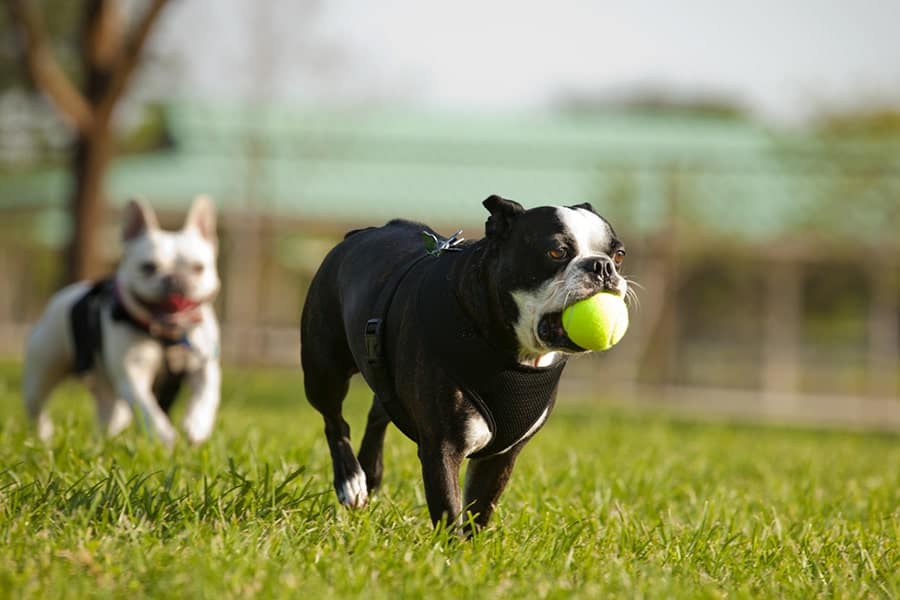As the saying goes, “A tired dog is a happy dog.” Regular exercise not only helps keep your canine companion fit and healthy, but it also keeps them mentally stimulated and reduces behavioral problems. But like humans, every dog is different, and their exercise needs vary depending on factors such as breed, age, size, and overall health. In this article, we’ll dive deep into creating the perfect Dog Exercise Plan tailored to your furry friend’s needs. Welcome to the world of pet fitness!
1. Understand Your Dog’s Exercise Needs
- Breed Considerations: High-energy breeds like Border Collies, Labrador Retrievers, and Australian Shepherds typically require More Exercise than low-energy breeds like Bulldogs or Bichon Frises.
- Age: Puppies have tons of energy but need shorter, more frequent exercise sessions, while senior dogs benefit from gentle, consistent activity.
- Health: Consult your vet for advice if your dog has any health issues. Overweight dogs might require a specific fitness regimen to help them shed those extra pounds safely.
2. Mix It Up – Variety is the Spice of Life
- Walks: Start with the basics. Morning and evening walks are great, with distance and pace depending on your dog’s endurance.
- Fetch Games: Toys like balls or frisbees can get your dog running and fetching, giving them both physical and mental stimulation.
- Agility Training: Set up mini-obstacle courses in your yard or park, making your dog jump, weave, and dash.
- Swimming: Many dogs love to swim! It’s a low-impact exercise that’s great for joints.
- Doggy Playdates: Socializing with other dogs can be a fun way for your pet to burn off some energy.
3. Indoor Exercise for Rainy Days
- Tug-of-War: Using a sturdy dog toy, you can have a fun pulling game with your dog.
- Hide and Seek: Hide treats or toys around the house and let your dog search for them.
- Interactive Toys: Puzzle toys that dispense treats can keep your dog entertained and mentally stimulated.
4. Monitor & Hydrate
Ensure that your dog stays hydrated, especially during intense activities and Exercise Plan for Dogs. Always carry water for both you and your pup. Also, monitor them for signs of exhaustion or overheating, such as excessive panting, drooling, or fatigue.
5. Regular Vet Check-ups
Always check with your veterinarian before starting a new exercise regime, especially if your pet has known health concerns. Regular check-ups ensure your dog remains at their optimal health level.
In Conclusion
Remember, the aim is to keep your dog healthy, happy, and engaged. Adjust the plan as needed and always prioritize your pet’s well-being. Exercise can be an excellent way for both you and your dog to bond, creating lasting memories together. Now, lace up those walking shoes, grab that leash, and embark on a fitness journey with your four-legged friend!







